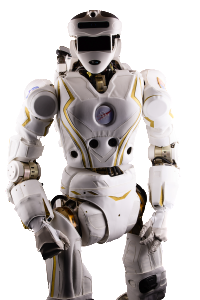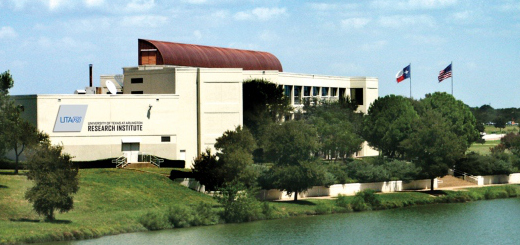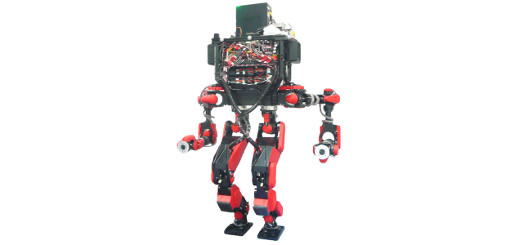NASA builds its Robonaut legs, pulls back curtain on “Valkyrie”
The International Space Station’s robotic crewmember Robonaut 2 is currently legless, which is less of a problem in space than it would be on Earth but still poses certain limitations. NASA engineers evidently weren’t satisfied with that arrangement, however, because they went ahead and built a set of legs that are scheduled to arrive at the space station early next year.
The robotic astronaut has been operating in microgravity at the space station since February 2011. These days, it’s attached to a support post as it undergoes experimental trials. NASA says the new legs will allow the robot — known as “R2” — to help with repetitive tasks and free up the crew for more critical work. The legs are designed for both inside and outside the station, although upgrades to R2’s upper body are required before outside work is possible. The legs were funded by NASA’s Human Exploration and Operations and Space Technology mission directorates.
According to NASA:
Once the legs are attached to the R2 torso, the robot will have a fully extended leg span of 9 feet, giving it great flexibility for movement around the space station. Each leg has seven joints and a device on what would be the feet called an end effector, which allow the robot to take advantage of handrails and sockets inside and outside the station. A vision system for the end effectors also will be used to verify and eventually automate each limb’s approach and grasp.”

In addition to R2’s utility in space, technologies developed for Robonaut have aided the development of a robotic exoskeleton intended for astronauts and people with physical disabilities as well as the development of NASA’s DARPA Robotics Challenge entry — a new robot named “Valkyrie.” IEEE Spectrum got a sneak peak at the previously secret robot in October, and they were able to share their impressions today.
The robot is also known as “R5” and represents the next evolution of the Robonaut series, though it’s obviously a significantly different beast since it was designed for an Earth-based competition rather than life on the space station. The public will get its first chance to see the robot in action during the DRC Trials in less than two weeks.
“NASA has explored with robots for more than a decade, from the stalwart rovers on Mars to R2 on the station,” Michael Gazarik, NASA’s associate administrator for space technology in Washington, said in a statement. “Our investment in robotic technology development is helping us to bolster productivity by applying robotics technology and devices to fortify and enhance individual human capabilities, performance and safety in space.”
[ photos courtesy of NASA / DARPA Robotics Challenge ]




However, if machines take over all human activity, including art and science, what will happen to the organic body and its conditioned-to-work-and-think brain? Surely, will it decay? Is man-machine coexistence possible while people is fighting for jobs and resources: competition, nations, and so on? Anyway, what is the endeveour in which a robot cannot take part or channel at all? Why won’t the future automatons be alive? What is the fundamental difference between a mechanical structure, organic or inorganic, that imitates life and life itself? Is there any, virtual or real? Can materialistic and mechanical points of view be overcome?If one wants to go on questioning, a serious-funny book, take a look in a sample in http://goo.gl/IUlSMu Just another mind leisure suggestion, far away from dogmas or axioms